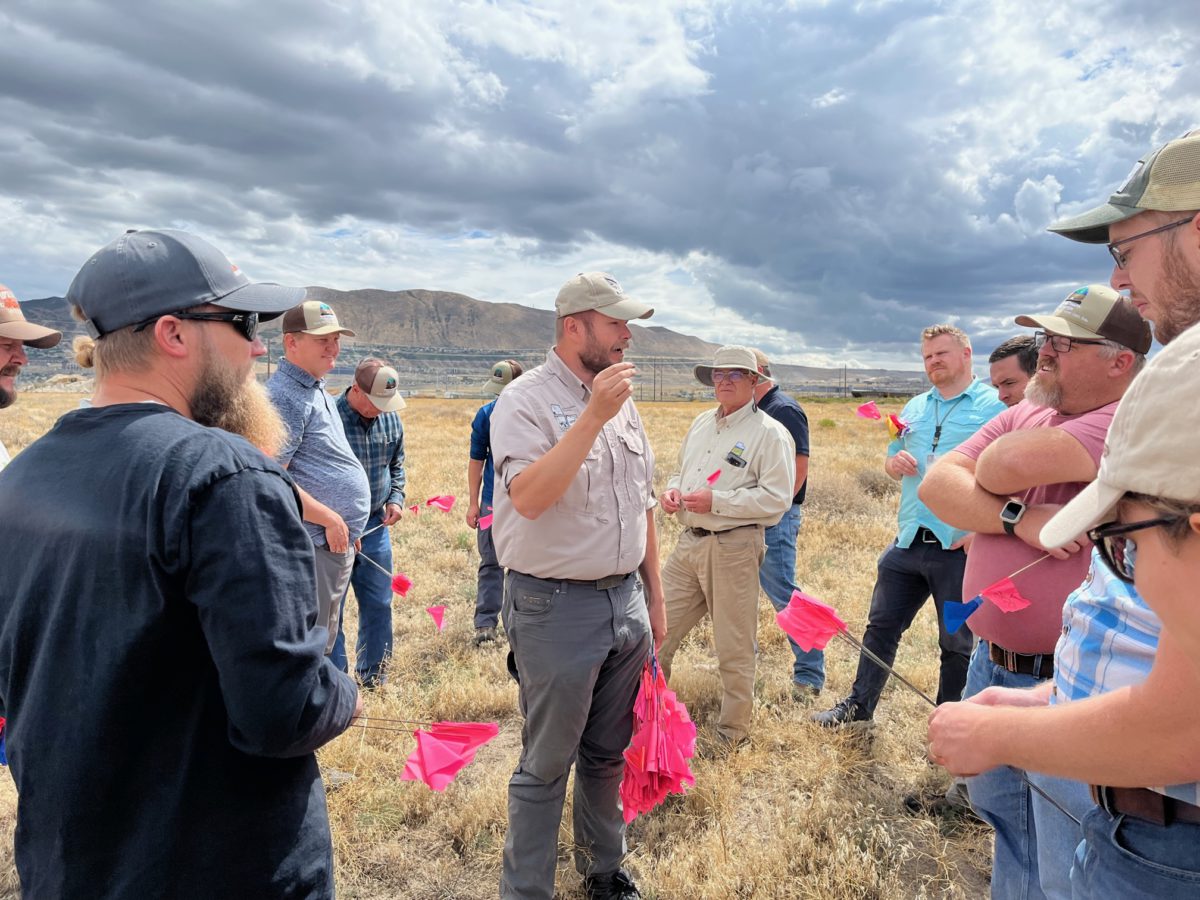Let’s talk about Section 106 and U.C.A. 9-8-404
Did you know that there are cultural resource laws and regulations that public agencies need to follow to ensure significant cultural resources are considered whenever a project is undertaken? Section 106 of the National Historic Preservation Act (NHPA) requires that federal agencies and their actions be taken into account, and Utah Code Section 9-8-404 requires that state agencies follow a similar process. The State Historic Preservation Office (SHPO) plays an essential role in this process, as both the federal and state law mandate that the agencies provide SHPO with an opportunity to comment on their actions (quick side note – there is a SHPO in every state and territory of the U.S., making 59 SHPOs in total!).
Much of what our agency partners do under these laws goes largely unnoticed, so we’d like to highlight our various federal and state partners and the work that they do by interviewing several Cultural Resource Management professionals who work closely with these laws. We look forward to introducing them all to you over the next few weeks! But first, we’d like to say a little more about the cultural compliance process as it is essential to the work we do here at the Utah SHPO.
One of the biggest reasons we wanted to highlight Section 106 for our fans and followers is because this federal law actually has a public engagement process. Cultural resources are seen as collectively owned resources, and every member of the public has a stake in their care and management. Thus, Section 106 mandates that agencies must involve the public to give interested parties or individuals a say in what happens to our collective heritage.
As declared in Section 1 of the NHPA, the “The Congress finds and declares that— (1) the spirit and direction of the Nation are founded upon and reflected in its historic heritage; (2) the historical and cultural foundations of the Nation should be preserved as a living part of our community life and development in order to give a sense of orientation to the American people”.
Heritage as a public resource is also essential to why Section 106 is a law in the first place – as cultural resources are everyone’s responsibility. Agencies must account for effects to these resources because of public stewardship (funds, lands, time, permits) . If adverse effects do occur to cultural resources through an action – whether it’s a historic building or archaeological site – oftentimes the ‘mitigation’, or offset, will include deliverables benefiting the public, such as educational materials. Utah SHPO works hard to represent the citizens of Utah in this process and ensure that agencies are properly accounting for effects to cultural resources.
We talk about the public heritage in a philosophical sense, which is the basis of the Section 106 process, but we cannot go without mentioning the descendent communities who have a direct stake in the effects to their history. Archaeological sites are managed and impacted frequently while agencies balance public needs such as infrastructure and land management, as well as carrying out their own agency missions. Many archaeological sites in Utah are from indigenous peoples – created by Native American Tribes that reside in Utah but also now live in other states. It’s the duty of agencies under Section 106 of NHPA to consult with all affiliated Tribes to ensure that Tribes have a say in what happens to their own heritage. Same goes for other descendent communities – such as the Chinese community for whom many can trace back their heritage to the Transcontinental Railroad. Although SHPO does not oversee the process of involving the public and descendent communities, it’s the duty of the agency, using public funds, to properly consult all pertinent parties in this process. The folks we will be introducing to you in this series are responsible for consulting all parties in the Section 106 process!
The Advisory Council on Historic Preservation is essentially the overseeing federal agency for the Section 106 process. They have done amazing work creating an overview of Section 106 for the public. We invite you to read the “Citizen’s Guide to Section 106” for more information: https://www.achp.gov/digital-library-section-106-landing/citizens-guide-section-106-review
With that, let’s feature several federal and state agency personnel around the state that work hard to ensure cultural resources are accounted for during this process. Here are some of the folks you can expect to hear from. Follow along every Tuesday for the next few weeks to learn more about these folks!
- Zachary Nelson, Regional Archaeologist, Bureau of Reclamation
- Jonathan Till, Curator & Archaeologist, Edge of the Cedar State Park (State Parks)
- Jenny Lund, Director of Historic Sites Division, Church of Jesus Christ of Latter-day Saints
- Elizabeth Giraud, Architectural Historian (recently retired), Utah Department of Transportation
- Nate Thomas, State Archaeologist, Bureau of Land Management, Utah





